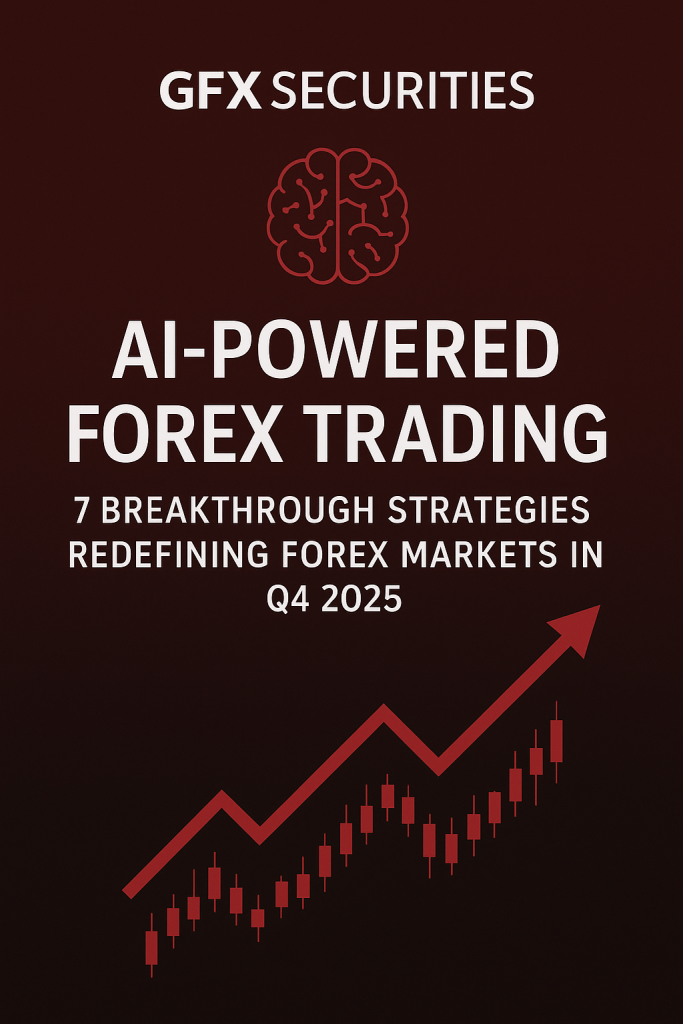AI Breakthroughs Shaping Forex Right Now
Powered by GFX Securities
Introduction
In forex trading, staying ahead means embracing innovation — and in late-2025, artificial intelligence is no longer an option, but a necessity. At GFX Securities, we’ve been rolling out AI-tools and observing how cutting-edge strategies are reshaping currency markets. Below, I’ll share the top AI-powered approaches transforming forex trading this quarter — plus how you can leverage them to improve your “forex trading strategy 2025”, enhance “algorithmic trading FX”, and stay informed on “best forex AI tools” and “predictive analytics forex”.
The Current Foreground: Why AI Now Dominates Forex
Forex markets continue to be driven by macro shifts: central bank policy, inflation, geopolitical risk, and interest rate differentials. AI tools help traders react faster to news, data, and unexpected events.
Search behavior has shown rising interest in keywords like “forex trading bots 2025”, “AI forex indicators”, “automated forex signals”, “best forex broker AI tools”. These reflect what traders are looking for.
The uncertainty in global markets means risk management, predictive analytics, and adaptive trading systems are high on trader priority lists.
7 AI Strategies You Should Be Using in Forex in Q4 2025
Here are seven breakthrough strategies that are trending now. Each is backed by innovation and works well for both institutional and experienced retail traders.
#
Strategy
What’s New
1. Deep Reinforcement Learning (DRL) & Multi-Agent FX Models
DRL systems are beating traditional ML in handling multiple currency pairs, adapting to changing regimes, and reducing drawdowns.
Use DRL-based bots for major currency pairs (EUR/USD, USD/JPY, GBP/USD) with backtesting, then let them run live with small allocations. Monitor model drift and re-train periodically.
2. NLP & Sentiment-Driven Signal Extraction
Sentiment tools now read central bank transcripts, economic reports, social media, and combine them with market context to generate faster signals.
Incorporate sentiment overlay into your price action analysis. Watch for “ECB speech impact on EUR”, “Fed FOMC minutes sentiment”, “US jobs report whispers” as triggers for entries.
3. Predictive Analytics & Pattern Recognition
Machine learning systems are detecting non-linear correlations and patterns (e.g. using LSTM, transformer architectures) that humans miss. These are used for forecasting volatility, trend reversals.
Use predictive models or signals for pair selection (which forex pairs are “hot” right now). Example: detect ahead of time when AUD/USD may break resistance, or USD/CAD reacts to oil price moves.
4. High-Frequency / Micro-Latency Execution with AI Bots
AI bots now leverage ultra-low latency, order-flow analysis, arbitrage among liquidity pools. These bots exploit very short price deviations.
If you have access to VPS, low latency broker, or API-based trading, consider running small HFT or scalping bots. Be very aware of trading costs, slippage, and regulation.
5. Automated Risk Management & Portfolio Optimization
AI systems can dynamically adjust position size, apply neuromorphic risk detection (addressing cross-pair correlations), and pre-empt volatility shocks.
Use risk tools that monitor exposure across all open trades, adjust risk per trade based on recent volatility. Use AI-based drawdown alerts, stop-losses that adapt.
6. Federated / Collaborative Learning Frameworks
Models trained across institutions while preserving privacy are improving signal accuracy — especially in markets with less data.
Where possible, use platforms or tools that allow data sharing or aggregations, or subscribe to services that pool market data. Ensure compliance/privacy is maintained.
7. Conversational & Assistive AI in Trade Planning
Voice-activated assistants, chat-based strategy generation, real-time alerts and trade ideas personalized to trading style. Searches for “AI trading assistant”, “forex trade signal app” are increasing.
Use AI tools to get trade ideas, risk-scenario chats, post-trade analysis. Combine them with your own judgement. Ensure the assistants are transparent about data sources.
Implementation Tips & Platform Considerations
Broker / Platform choice matters: low spreads, fast execution, strong API or EA support. GFX Securities provides tools to run EAs and algorithmic strategies with robust risk settings.
Testing & Backtesting: simulate your strategies across historical data and multiple currency pairs, especially during different volatility regimes.
Regulation & Ethical AI: ensure any AI tool you use is explainable, auditable, and compliant with your local regulatory bodies.
- Continuous Monitoring: models degrade if market regimes shift. Retrain, retune, and maintain human oversight.
Conclusion
AI is no longer an experiment—it defines new competitive edges. Whether through reinforcement learning, smart sentiment tools, or automated risk frameworks, the best forex traders in Q4 2025 are those who integrate advanced AI strategies and rigorously manage risk. At GFX Securities, our platform is built to support these innovations: you get low latency execution, advanced tools, and the infrastructure to test and deploy AI-based forex systems.
Have you tried integrating any of these AI-strategies yet? We’d love to hear about your experiences—what worked, what didn’t, and what tools you’re using.


